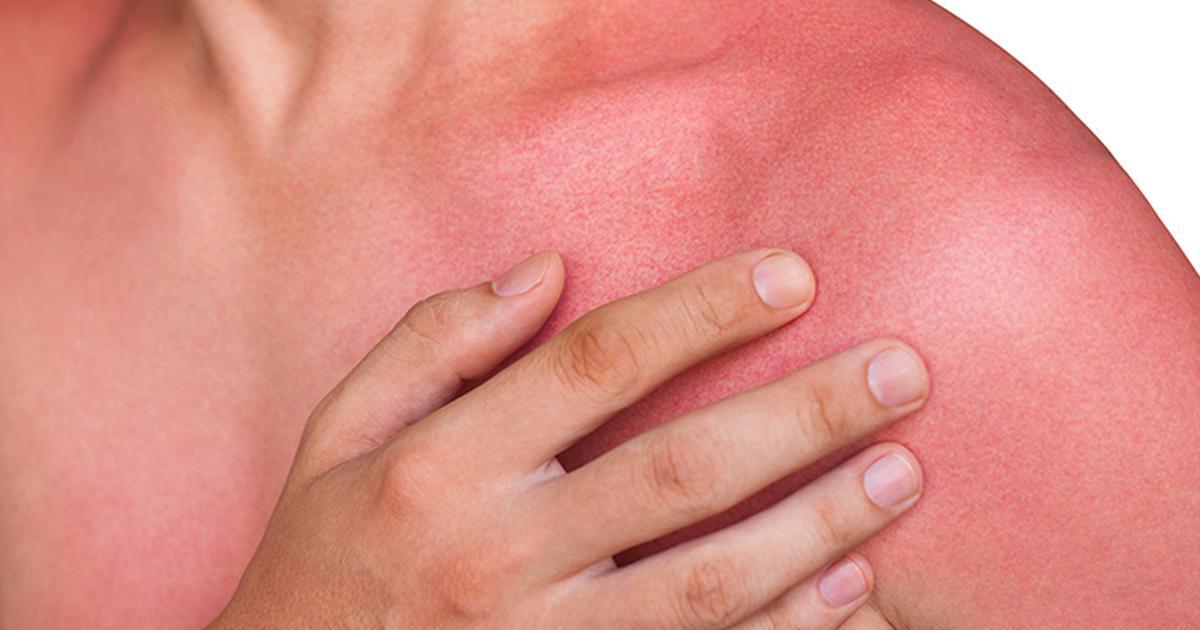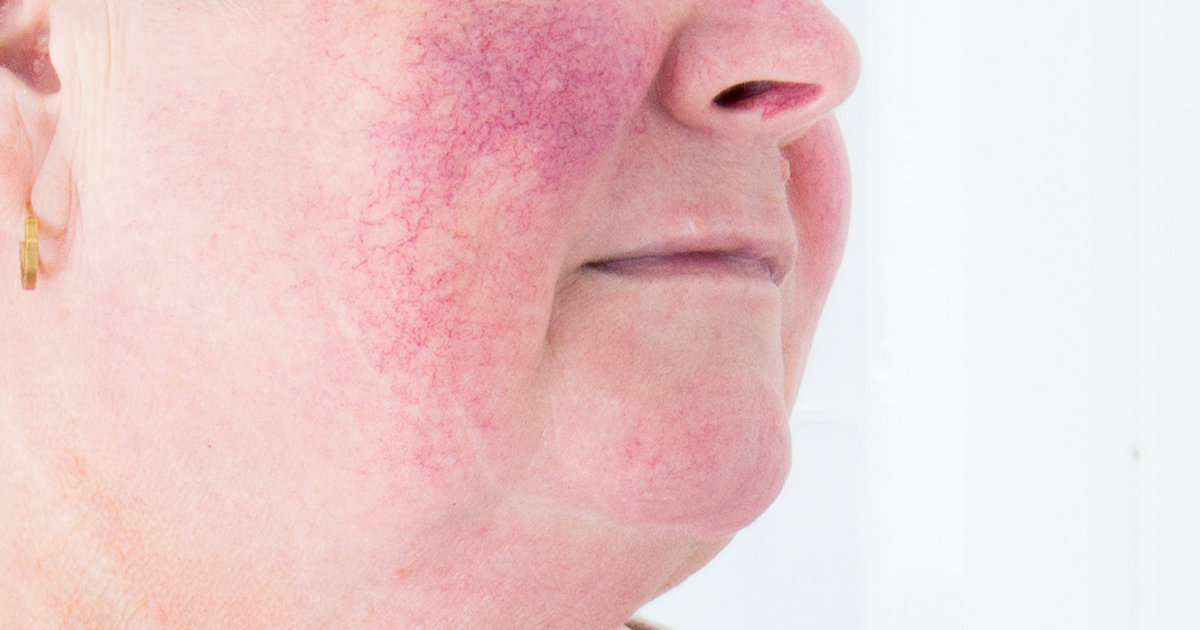What Causes Skin Redness?
Skin redness is a term used to describe when an individual's skin turns red due to an underlying condition or injury when it would typically be a light pink flesh color. An individual's skin tends to become red when their blood vessels dilate, and blood rushes close to the surface of the skin. The extra blood that rushes to the surface of an individual's skin can be the result of several mechanisms that make up the inflammatory process. While the redness of an individual's skin is not always a cause for significant concern, it can be uncomfortable and irritating. When an area of the body becomes injured, damaged, or diseased, the individual's immune system initiates a healing process that begins with dilation of the blood vessels and a rush of different immune components to the affected area of skin.
Several specific conditions and injuries can trigger this type of inflammatory process. Learn about this now.
Rosacea
Rosacea is a common skin condition that produces visible blood vessels and redness in the face. The underlying causes of rosacea are not currently known, but certain factors are known to trigger flare-ups. Spicy foods, hot drinks, extreme temperatures, emotions, blood pressure medications, cosmetics, exercise, alcoholic beverages, sunlight, and wind can cause symptoms to appear in rosacea patients. Rosacea is most likely to develop in women who have light skin, are smokers, over thirty years old, and have a family history of the condition. Rosacea most often presents as a persistent redness that forms in the center of the face due to the swelling of tiny blood vessels in the cheeks and nose. Some individuals affected by rosacea develop acne-like pimples on their face that also produce redness in the skin. An affected individual's skin may feel tender and hot. Other symptoms of rosacea that occur with skin redness include eye problems and an enlarged nose.
Uncover additional causes of skin redness now.
First Degree Burn

A first-degree burn is a superficial burn injury to the top layer of an individual's skin. Most first degree burns are a mild skin injury that does not necessitate medical treatment but can be painful and uncomfortable. The most common causes of first degree burns include sunburns, hot liquid scalds, and exposure to electricity. The most common symptom seen in individuals who have first degree burns is skin redness in the affected area. The skin redness that develops from a first-degree burn is the result of the individual's immune system responding to the cellular injury or damage that has occurred. Along with redness of the skin, an individual who has a first-degree burn may experience tenderness, pain, and swelling at the burn site. Most first-degree burns that are not extensive and do not cover a large area of skin will heal within a few days. A second-degree burn can be distinguished from a first-degree burn by the formation of painful blisters at the burn site.
Continue reading to learn more about what can result in skin redness now.
